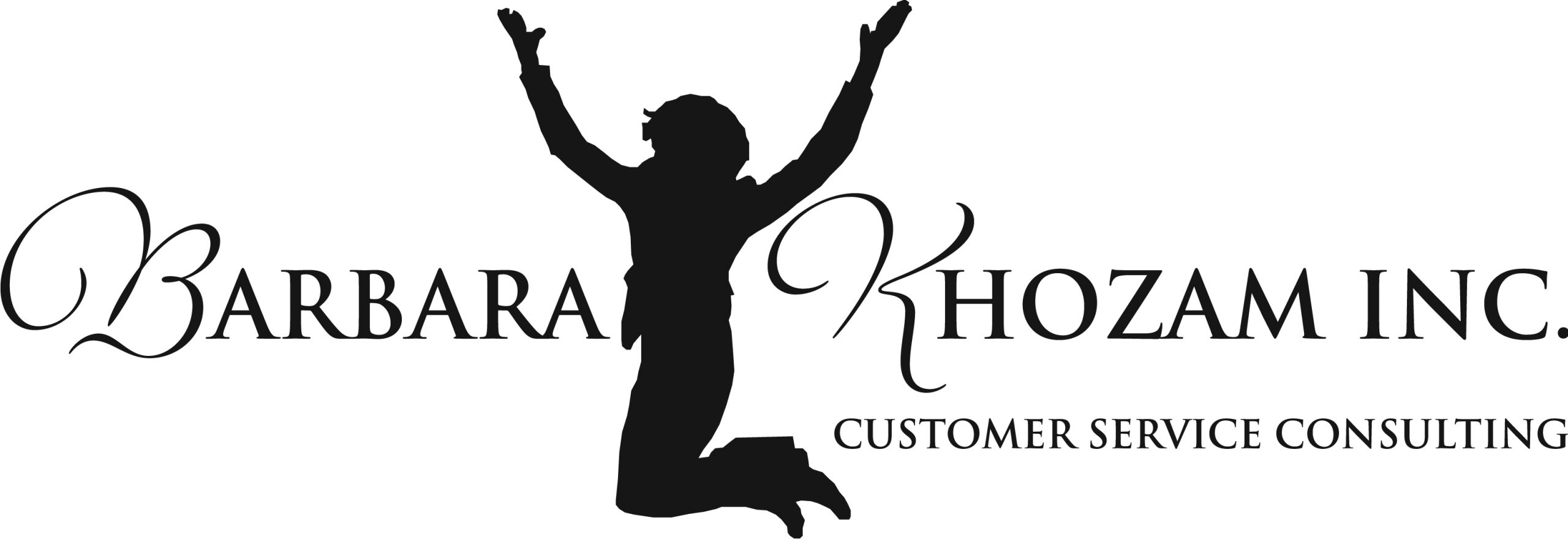As children, we all enjoyed playing games. Most of us were probably at our most creative and free when we played games as kids. We also took more risks without worrying too much about negative consequences. So why is it that as adults, we moan and groan about playing games?
So, it’s time for us to recapture some of that spirit. Okay, no moaning! It’s
So, how exactly does playing games improve business communication? In my video, Games for Business Communication, I’ll explain the biggest benefits of playing games: through play, we get to engage with others in a safe environment, and we are better able to absorb more readily the main learning points of any game. Simply put, games help us to learn new things about others while having fun.
Strategies that Turn It Around!
- Two truths and a lie. This game allows you to get to know your fellow team members a little better by evaluating three statements made by someone and figuring out which one of the statements is a lie.
a. Depending on the size of your group, get people into groups of 3 or 5.
b. Everyone needs to write down two truths and one false statement about themselves.
c. Each person then reads the three statements and the rest of the group tries to figure out which statement is the lie.
d. Each person who guesses a correct false statement gets a point.
e. Once every person in each group has revealed his or her false statement, tally up all of the correct false answers.
f. Pick a winner from each team and reward him or her.
Mirror mirror. This game helps people to recognize elements of non-verbal communication styles like big hand gestures or head nodding. The object of the game is to spot physical movements and mirror them back to the person with whom you are speaking, thus learning to communicate in her style. This makes people feel more at ease.
Pair people into couples.
- Have each partner talk about anything for a minute (e.g., what they did this weekend, favorite food, favorite movie — anything.)
- The partner who is listening will then observe the person talking, paying close attention to the non-verbals (e.g., fast moving hands, head tilts, shoulder shrugs — anything that is non-verbal.)
- Have each person tell his or her partner which non-verbals they observed and how they mirrored the gestures. This will reveal which gestures were perceived as friendly and which were a little annoying.
Remember: People are more at ease when they communicate with others who have a similar non-verbal communication style.
Which games or icebreakers have you used effectively to improve business communication among your staff members? Please share your experiences in the Comments section below. I look forward to engaging with you and your comments.
